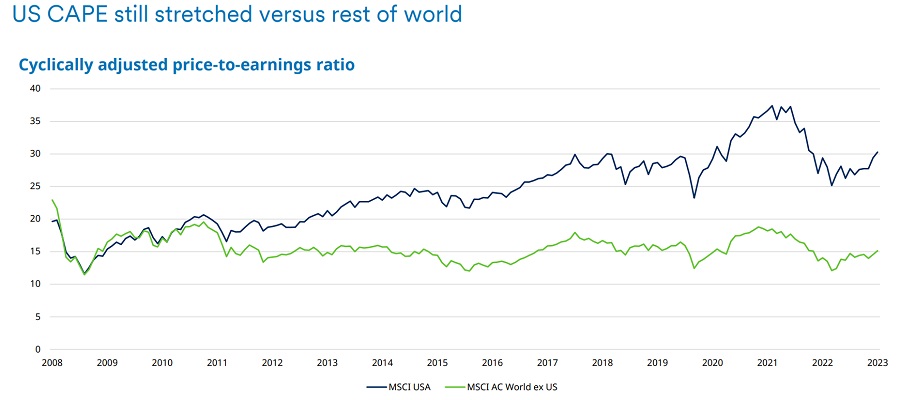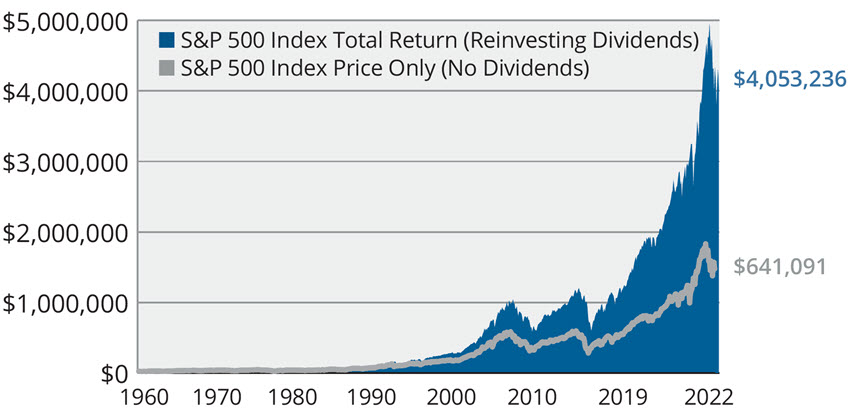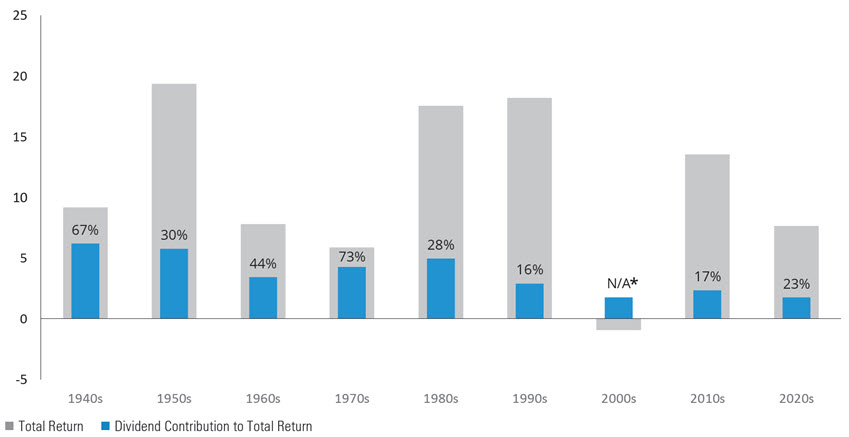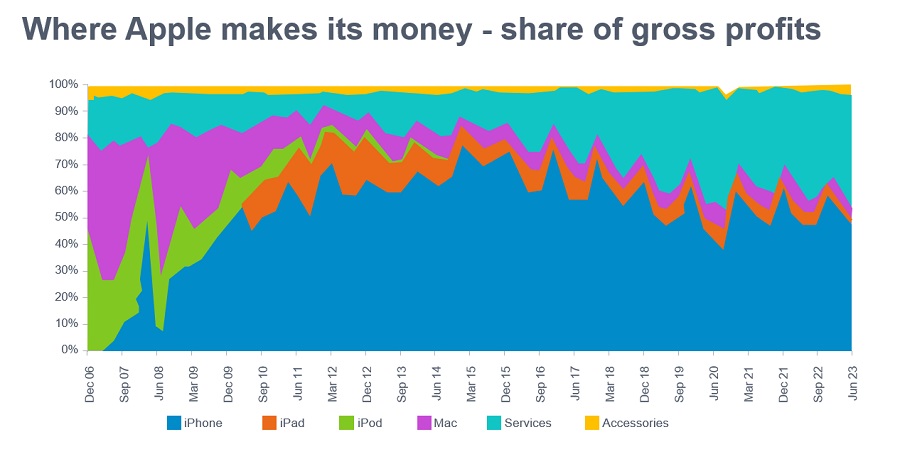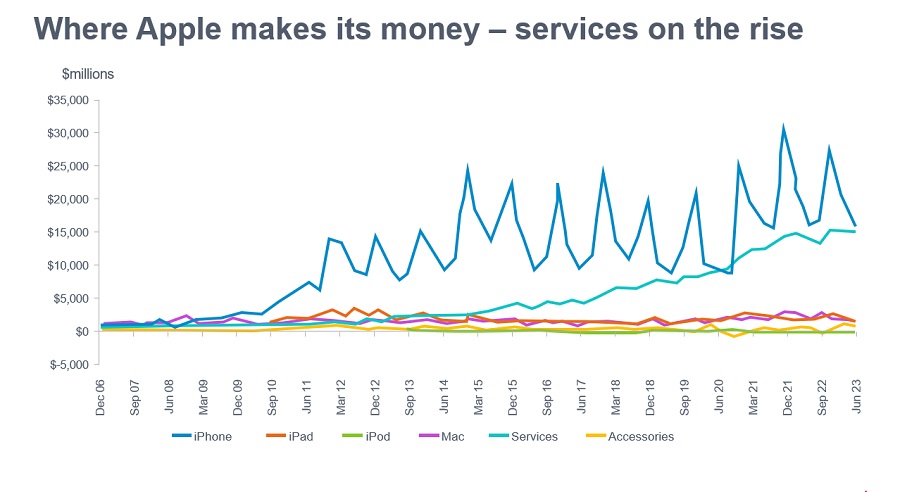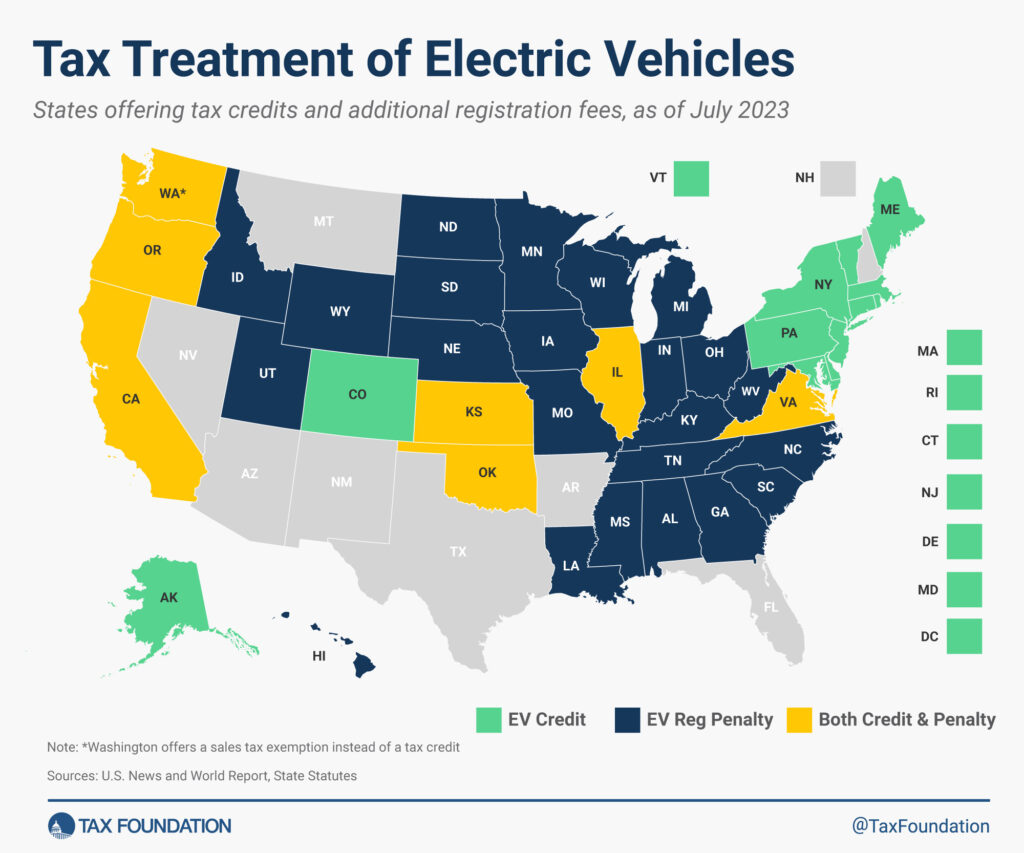US equity markets are expensive relative to other markets of the world based on the CAPE ratio according to research by Schroders UK. US stocks have been expensive for more than a decade as shown in the chart below. As the market is concentrated in tech, soaring tech stocks have accounted for the majority of the gains. To be clear, US equities have always traded at a premium when compared to the other developed market equities due to higher earnings, productivity and other factors. However the gap between the two have not been this wide and the divergence have not lasted so long. So it remains to be see if American stocks are able to maintain these high valuations in the coming years.
Click to enlarge
Source: Schroders via 3 unmissable charts in the week: oil and inflation, US valuations and pensions by Nafeesa Zaman, Fidelity UK
Related ETFs:
- SPDR S&P 500 ETF (SPY)
- Vanguard S&P 500 ETF (VOO)
- Vanguard MSCI Emerging Markets ETF (VWO)
- Vanguard Developed Markets Index Fund ETF(VEA)
- iShares MSCI Emerging Markets ETF (EEM)
Disclosure: No positions
